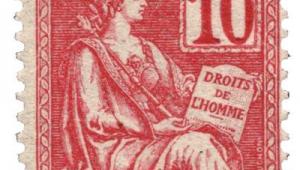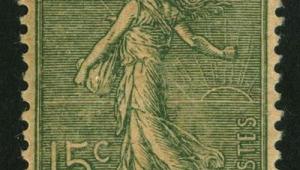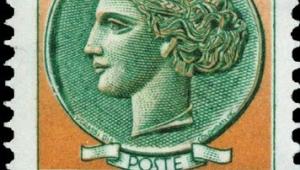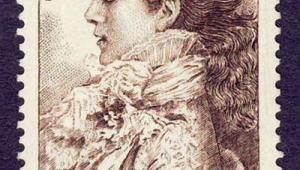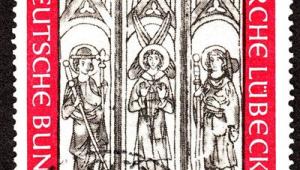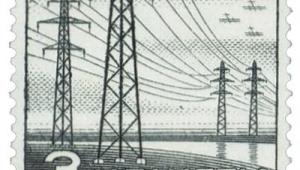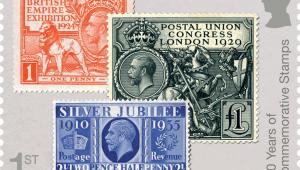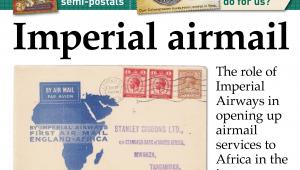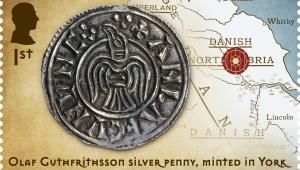Austria: About face
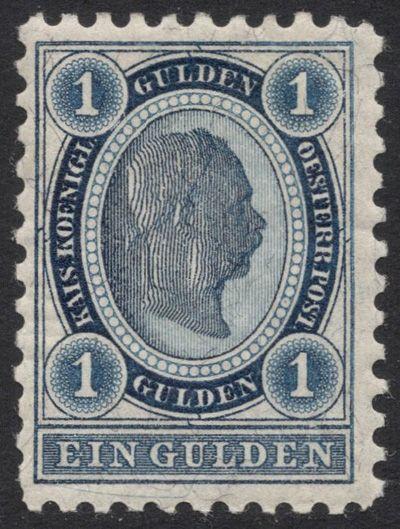
In September 1890, when the use of Austrian postage stamps was extended to include postal orders and parcels, new values became necessary. This no doubt encouraged a decision to replace the existing ‘Double Eagle’ stamps, in use since 1883, with a new definitive set depicting Emperor Franz Josef I.
This classic ‘Emperor’s Head’ series would remain in use for almost two decades, leaving plenty of varieties for collectors to study. It also offers a fascinating commentary on the unending turn-of-the-century struggle against postal fraud.
There were essentially two different designs, in two different formats.
The lower values in kreuzer, from 1k to 50k, were printed in typography from two plates, one for the design and one for the four denominatons of value in black. The portrait in their oval frame faced to the left.
The two higher values in gulden, of 1g and 2g, were the first Austrian postage stamps to be printed in recess. Curiously, their portrait of the Emperor faced to the right.
As an initial security measure, the stamps were printed on granite paper.
The first of many reforms to the series came as early as March 1891. The colours of four medium values, from 20k to 50k, were changed because they too closely resembled others in the range, and their frame was also redesigned with an angular shape.
The two high values were also given new colours in 1896, because there had been complaints that the originals were too dark for postmarks to be legible.
For the new currency of heller and krone, which was to be introduced on January 1, 1900, a new set of stamps was issued in December 1899 ranging from 1h to 4k.
The retention of the oval-frame for the lowest values, and further slight changes to the angular-frames of some of the medium values as a measure against forgery, meant that four different designs were now in use.
The following year, extra measures were taken to prevent the fraudulent reuse of stamps by washing off postmarks. Diagonal varnish bands were added to the paper before the stamp were printed, and these would dissolve in contact with water, taking parts of the design with it.
At first these bands were around 5.25mm wide, with a shiny half and a less shiny half. In 1902 they were made thinner, with wider spacing between them, and later they became thinner still, at only around 2.25mm, and completely shiny.
Ironically, all these anti-fraud measures left the denominations hard to distinguish on the lower values, prompting yet another design change in 1904, with some of the numerals of value given a white background.
The varnish bands, which didn’t help clarity, were discontinued from 1905 onwards, and by 1906 all values were printed in one colour again.
Classic Austrian stamps are known for their many perforation types, and the ‘Emperor’s Head’ set is certainly no exception.
Gauges vary from 9¼ to 13½, and compound perfs can be found as well. There are even examples of line-perforation, comb-perforation and harrow-perforation to sort out, and some varieties are extremely rare.
Adding extra collectables to the series, some stamps were also made available for use in the Austrian post offices in the Turkish Empire from 1890 and in Crete from 1903, overprinted with the local currency.
The 60th anniversary of the Emperor’s accession in 1908 was celebrated with a commemorative set, and it was decided that this should replace the existing definitive set. The ‘Emperor’s Head’ series was invalidated before the year was out.
